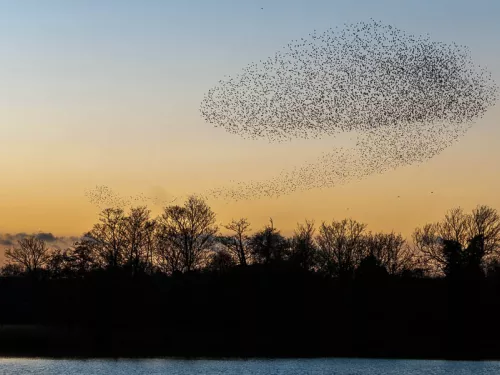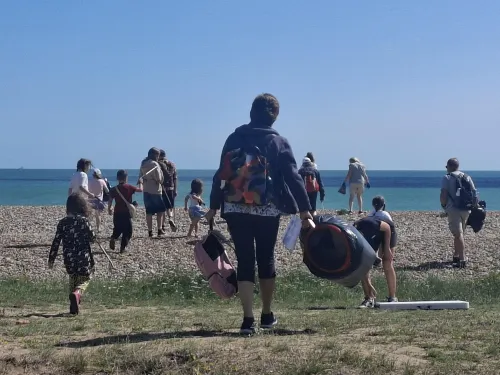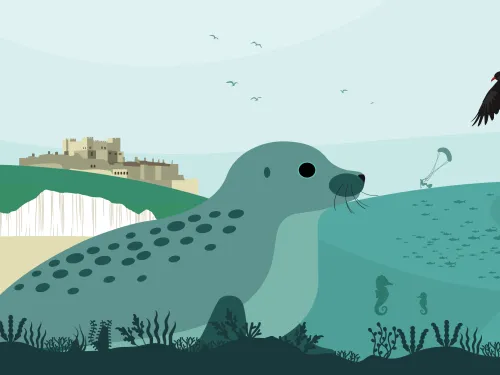10 -15 years on
In the next 10-15 years, the site will truly begin to develop and mature. We’ll begin to see a much more established habitat used by lots of wildlife and without much physical intervention from humans. Of course, it would be difficult to predict what species will be there as we let nature take its own course though we expect an increase in chalk downland butterflies, birds (such as turtle doves), reptiles and pond-based creatures such as, amphibians and dragonflies too. Our evidence and monitoring team will continue to keep an eye on the site with management surveys which are a system of surveys we use across key reserves to ensure that the plans for the site are on track and if they’re not, what needs to change in the management plan to adapt and continue to improve biodiversity.








